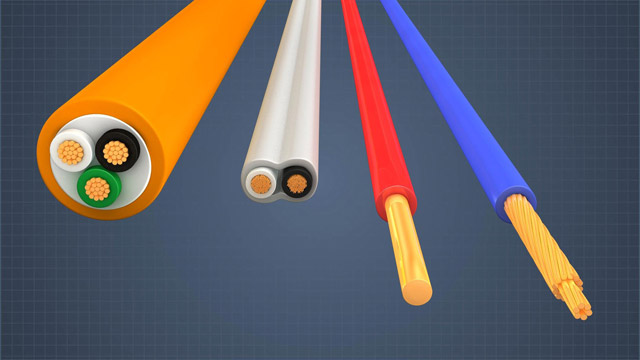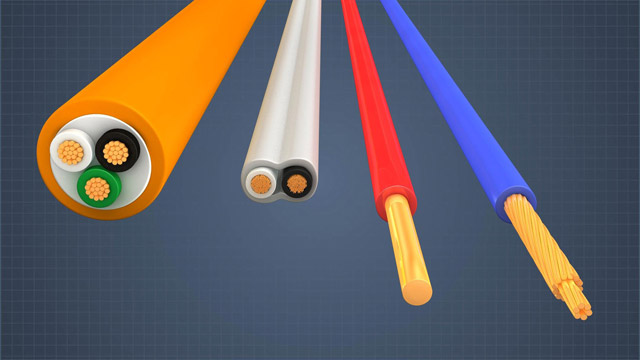




OSHA Electrical Wiring Methods
The Occupational Safety and Health Administration (OSHA) has developed electrical safety requirements to protect employees from hazards such as electric shock, electrocution, fires, and explosions. The Electrical Wiring Methods standard (29 CFR 1910.305) is one of OSHA’s most frequently cited standards. This standard covers wiring methods, components, and equipment for general use. This course will address some of the frequently cited requirements and provide some examples to help clarify the standard.
Request a demoCourse Details
Learning Objectives
• Differentiate between wire, cable, and cord • Describe the correct and incorrect uses of flexible cords and cables • Identify acceptable temporary wiring • Identify some common violations • Describe elements of an electrical safety program
Specs
| Course Level | Intermediate |
| Languages | English |
| Compatibility | Audio, Video |
| Based on: | 29 CFR 1910.305 |
Key Questions
What is the difference between a wire, a cable, and a cord?
These terms are sometimes used interchangably, but they are not the same. A wire is a single conductor. A cable is made up of two or more insulated conductors, or wires. A cord is a flexible cable.
What are the most common violations of the Electrical Methods standard?
Improper use of flexible cords and cables, open knockouts on electrical boxes and cabinets, missing cover plates on pull boxes and junction boxes, damaged or spliced flexible cords and cables, and the use of temporary wiring as permanent wiring
Can extension cords be used as permanent wiring?
No. extension cords are considered temporary.
When is temporary wiring allowed?
Temporary wiring can only be used for remodeling, maintenance, or repair, for Christmas lighting, carnivals, or similar purposes for up to 90 days, and for emergencies or tests.
How do you know what applications are acceptable for a flexible cord?
Flexible cords are marked with codes to identify the cord type, cord size, number of conductors, and approved conditions for uses
Sample Video Transcript
Electricity is a serious workplace hazard. The Electrical Wiring Methods standard is meant to protect employees from electric shock, arc flash, electrocution, fires, and explosions. The most common violations are related to the use of flexible cords and cables, temporary wiring, missing covers, and damaged cords and equipment. Most of the violations can be easily prevented if employees are aware of the requirements. Permanent wiring should be installed where it is needed. For example, additional outlets should be installed to limit the use of extension cords. Establishing an electrical safety program can help prevent OSHA citations and improve the safety of your workplace.
Additional Resources
- Occupational Safety and Health Administration – www.osha.gov
- OSHA eTools – https://www.osha.gov/dsg/etools/subpartS/individual-pages/307-81.html
- National Fire Protection Association – www.nfpa.org
- Electrical Safety Training Courses
Demos + Pricing
Learn more about our courses, get pricing, and see our platform.











